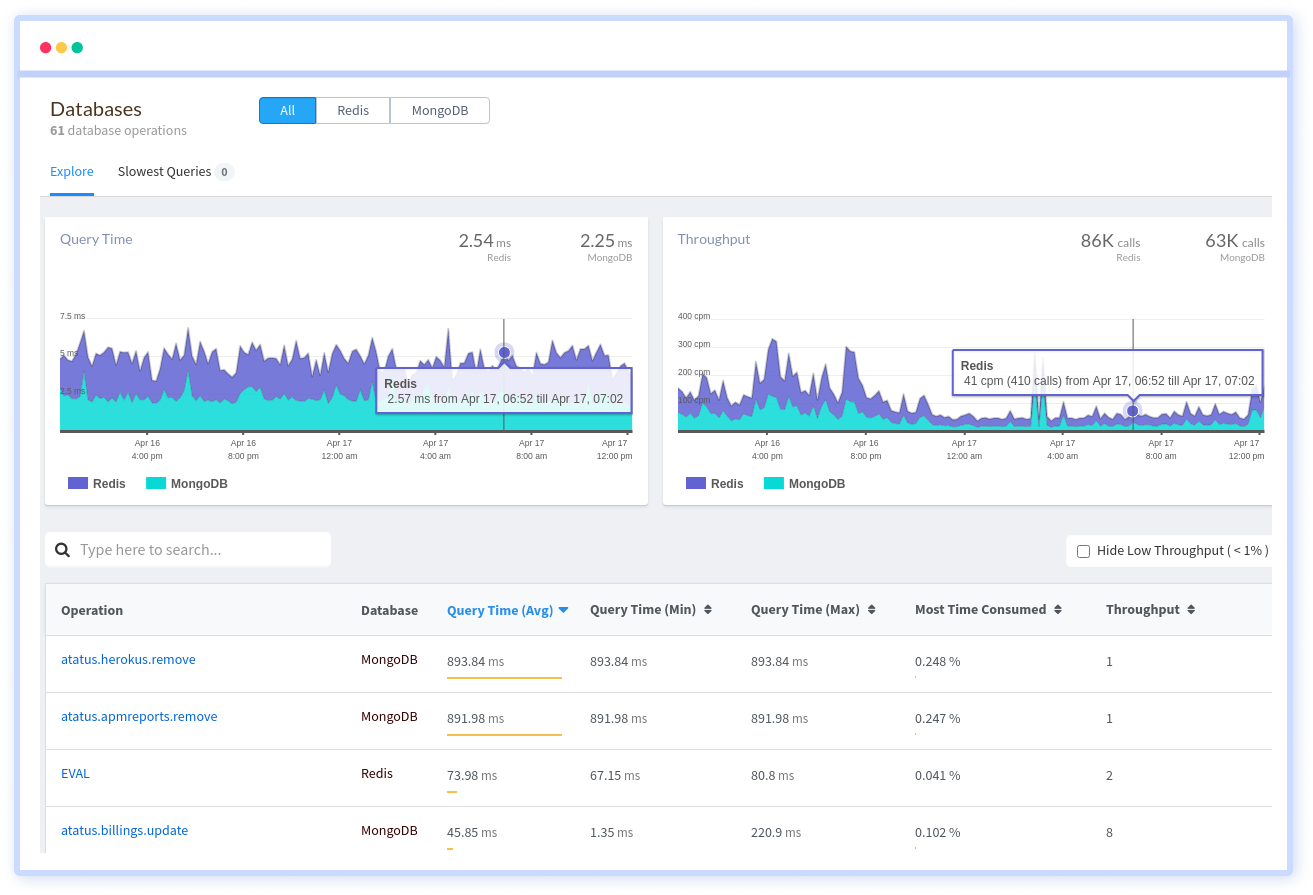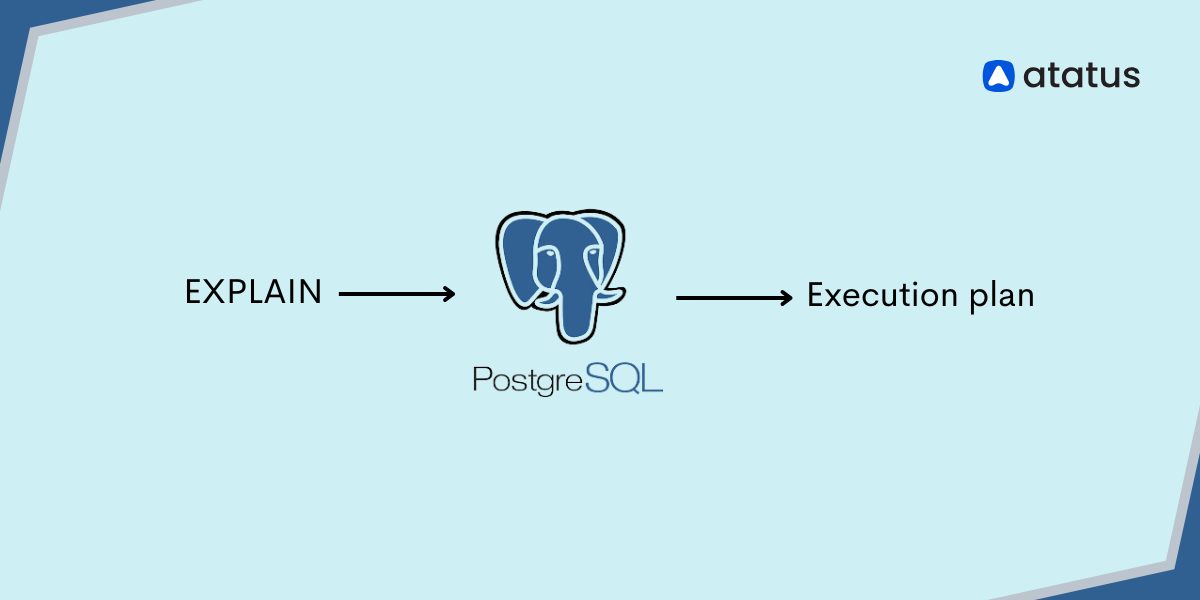Amazon EC2 vs Amazon RDS
Once you have decided to migrate your MySQL database to AWS, choosing the services you need from the lot of options available in AWS can be quite overwhelming.
Migrating will inevitably raise the question:
Whether to choose:
- the AWS Relational Database System (RDS)
- use AWS EC2 (Elastic Compute Cloud) to host a database server.
In this blog, the benefits, limitations, and other differences between AWS RDS and AWS EC2 Self Hosting will be explained in detail so that you can decide on choosing the best-suited service for your application.
Table of Contents
What is AWS RDS?
Amazon Relational Database Service is a distributed relational database service provided by Amazon Web Services. Amazon RDS brings ease of setup, operation, and scaling to relational databases in AWS Cloud.
It is basically a SaaS-based service which automatically configures and maintains your database in the cloud.
There are several database engines supported by RDS, including MySQL, MariaDB, PostgreSQL, Oracle, and Microsoft SQL Server.
The type of database instance you select for each engine depends on its CPU, memory, storage, and networking requirements.
What is AWS EC2?
The Elastic Compute Cloud operates within Amazon Web Services and provides scalable computing power. With Amazon EC2, we can develop and deploy applications much more quickly since we don't have to invest in any hardware.
We can use Amazon EC2 to launch as many or as few virtual servers as we need, in order to configure security and networking and manage the storage.
RDS vs EC2
In a nutshell, both RDS and EC2 can be used to build a database within a secure environment that supports high-performance applications and is scalable as well.
If you don't want to manage and configure the database engine manually, then Amazon RDS may be more helpful. Since RDS automatically manages time-consuming tasks such as configuration, backups, and patches, you can focus on building your application.
Amazon EC2 cloud computing platform lets you create as many virtual servers as you need. You should manually configure security, networking and manage the stored data. Having your own virtual servers is a great way to handle enterprise applications and you will have the full control over the database including the SYS/SYSTEM user access.
Despite these similarities, there are some significant differences between RDS and EC2 databases.
The performance, scalability, and many other features of AWS RDS and EC2 are explained in detail as follows:
| Feature | RDS | EC2 | |
| Performance | While setting up the instance, the option to configure it with the specific number of IOPS is managed by us. Though this provisioning of IOPS is costly, it allows us to have fast and consistent Input and Output Performance. | In the EC2, we have to pick up the storage volume with the right size in order to get the latency and IOPS we need. | |
| Scalability | RDS integrates with Amazon’s scaling tools for both horizontal and vertical scaling. If we need to scale vertically to a larger or more powerful instance, it can be done within a few clicks. | In EC2, we have to set up the scalable architecture manually. This process involves setting up the multiple EC2 instances, load balancing them, configuring Availability Groups, etc. | |
| Storage |
General-purpose SSD:
Being a cost-effective option to choose, the SSD volumes can handle up to 3000 IOPS.
Provisioned IOPS: It is a good option for a database with heavy workloads which need high IOPS throughputs for a longer duration. Magnetic: Takes care of magnetic storage |
IOPS and the latency we get depends on the EC2 instance type. | |
| Security | RDS provides encryption at both rest and transit. | In EC2, the encryption will be at the EBS volume level and can be configured at the database level too. | |
| Licensing | Amazon RDS supports only the “License Included” model for licensing for SQL Server. | Development charts can be viewed by users in GitLab. | |
| Cost | Mostly expensive. | Installing and managing a database in EC2 is cheaper than in the RDS but it leaves the handling of backup, recovery, and load management to us. | |
| Backups | The backups can be automated. AWS Cloudwatch can receive alerts with backup failures and completion and so on. | The backups must be enabled by us here. AWS Cloudwatch cannot be used here for monitoring. | |
Conclusion
Before choosing between RDS and EC2, we must go through their features and pick the one which is more suitable for our needs.
RDS may be a little costlier than EC2 in configuration, so if you wanted to finish within your little budget EC2 is better.
In comparison to EC2, RDS has the following advantage:
- The database solutions come with highly optimized configurations, and you do not have to set up the database and failover clusters manually.
- You might not need any DBAs to perform tasks like database provisioning, security, and updating versions.
- You can simply concentrate on tasks like database optimization, performance tuning and schema optimization rather than the database administration tasks.
- Additionally, RDS automatically backs up every bit of your data when a disaster strikes.
The following are some reasons why EC2 is preferred:
- Amazon EC2 gives you complete control over your software stack, database, and operating system.
- You can use additional features such as Oracle features that aren't supported by Amazon RDS right now.
- You can easily maximize the size of your database and the performance needs.
So, finally, your selection totally depends on the cost, time, type of process-control or automated, and the skills.
Monitor Your Database with Atatus
Database Monitoring, provides you an in-depth perspective of your database performance by uncovering slow database queries that occur within your requests, as well as transaction traces, to give you actionable insights. With normalized queries, you can see a list of all slow SQL calls to see which tables and operations have the most impact, know exactly which function was used and when it was performed, and see if your modifications improve performance over time.

Atatus can be beneficial to your business, which provides a comprehensive view of your application, including how it works, where performance bottlenecks exist, which users are most impacted, and which errors break your code for your frontend, backend, and infrastructure.
Try your 14-day free trial of Atatus.
#1 Solution for Logs, Traces & Metrics
APM
Kubernetes
Logs
Synthetics
RUM
Serverless
Security
More





